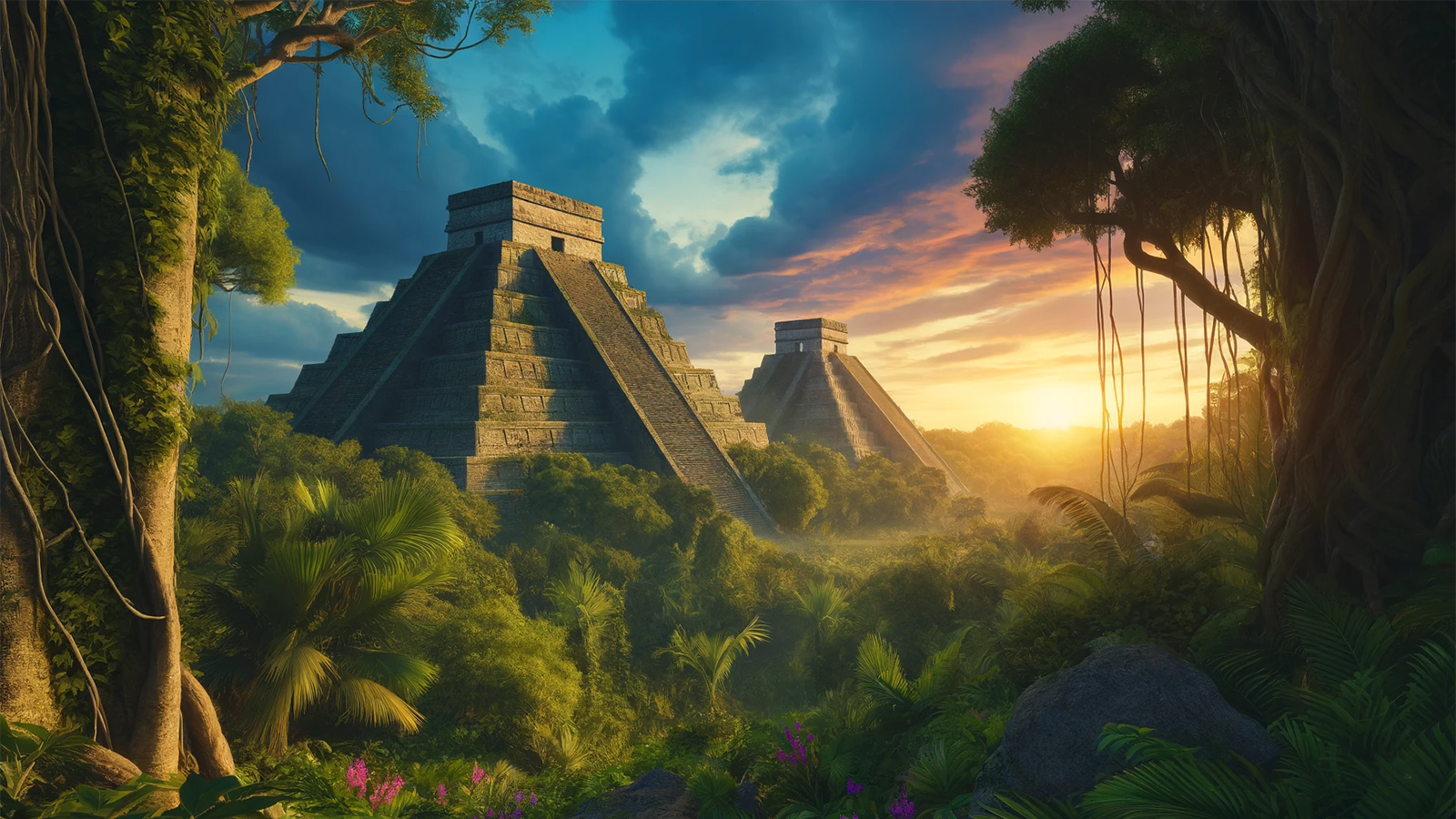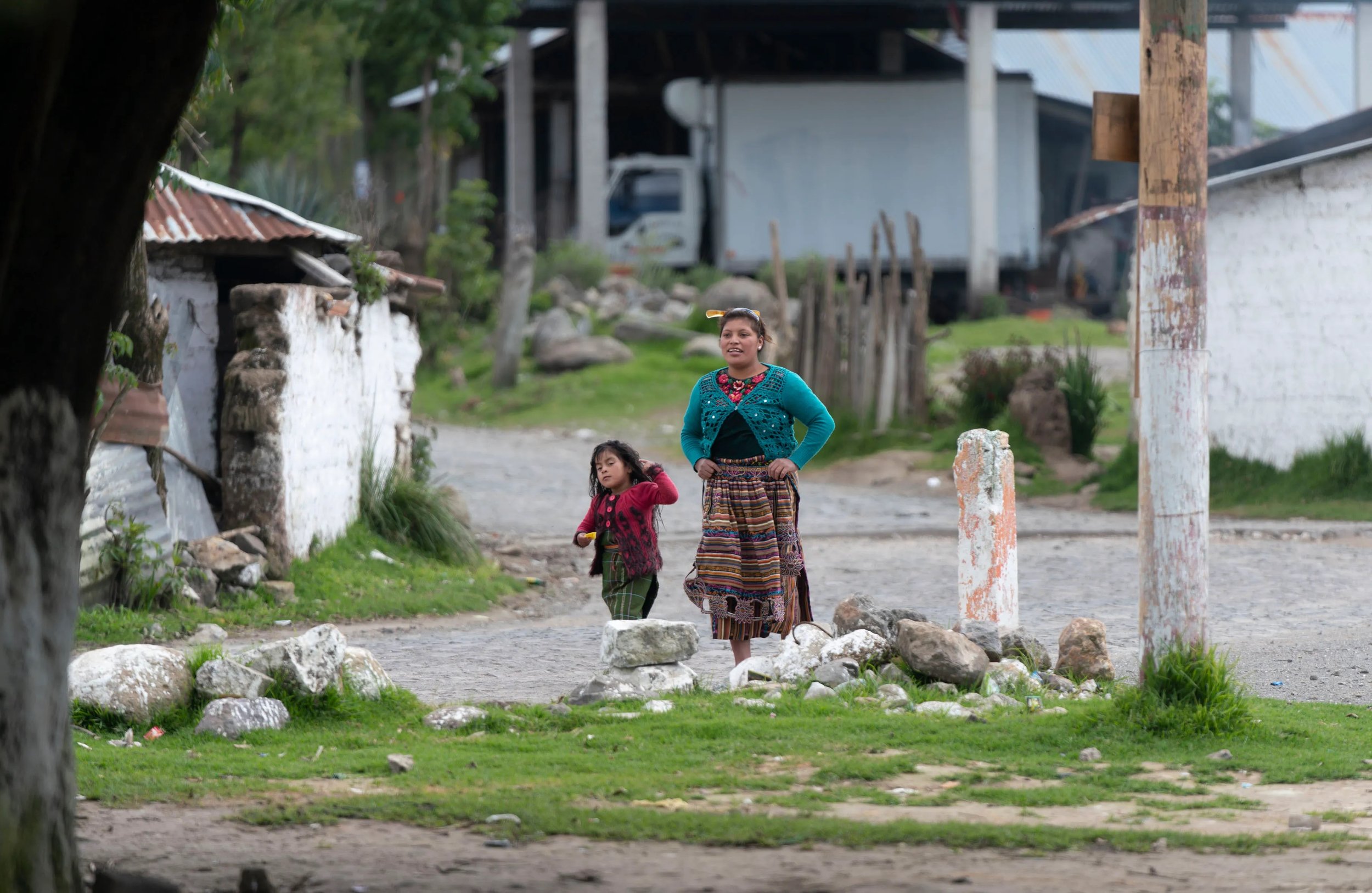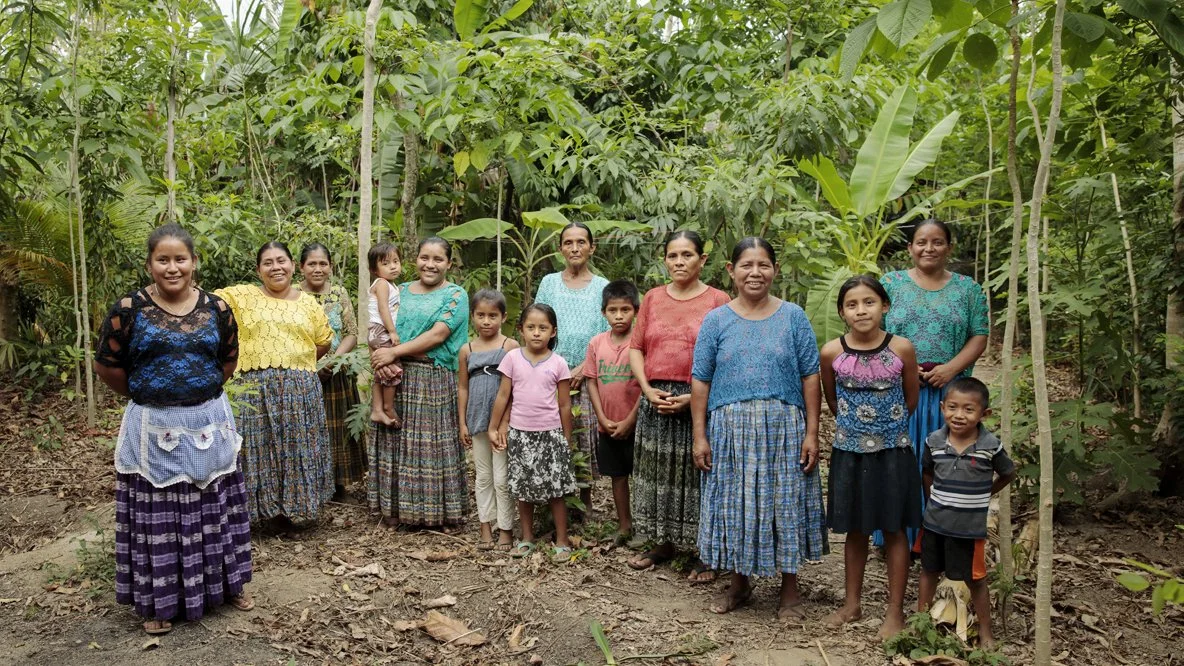GUATEMALA OVERVIEW
Guatemala is a country of volcanoes, mountains, beaches, and a vibrant culture characterized by a fusion of Spanish and Indigenous influences. Only slightly larger than the U.S. state of Tennessee, Guatemala is a beautiful country with one-third of the population living in temperate highland villages. It is renowned for its spectacular ranges of volcanoes: 30 in total – three of which are still active.
The core of the Maya civilization, which was primarily located in Guatemala, extended across Central America, but began to shrink in the 10th century and split into separate groups. In the 16th century, the Spanish invaded and fought the largest remaining group called the Quiché. In 1821, Guatemala claimed independence from Spain, and it is now the largest country in Central America.
In many ways, the country is still recovering from a prolonged civil war, which lasted from 1954 to 1996. Genocide against the Maya population hallmarked the struggle, which included widespread human rights violations against civilians. It is estimated that 140,000 to 200,000 people were killed or forcefully "disappeared" during the conflict.
Today, many Guatemalans face malnutrition, lack of access to medical services, violence, and unemployment. Nearly 54% of the overall population lives in poverty and even worse, 75% of the indigenous population lives in poverty. Widespread poverty means that many children are forced to leave school due to either their parents’ inability to pay for school expenses or the necessity of children to work, simply to provide for the family's needs. This leads to very low levels of education across the nation, particularly among indigenous tribes in rural areas.
Many people do not even finish high school. The illiteracy rate among Guatemalans over age 15 is 19% — the second highest in the entire Western Hemisphere.
According to USAID, the average length of education in Guatemala is four years and only one third of students graduate from sixth grade. The outlook for women and girls is even more alarming:
By age fifteen, 6 out of 10 Indigenous girls have dropped out of school. Tragically, this contributes to a high number of pregnancies between the ages of 10 and 14.
Guatemala has the highest rate of teenage pregnancy in Latin America, and it is on the rise.
Half of Guatemalan girls have a child before the age of 19.





